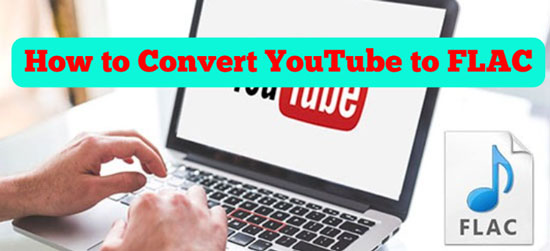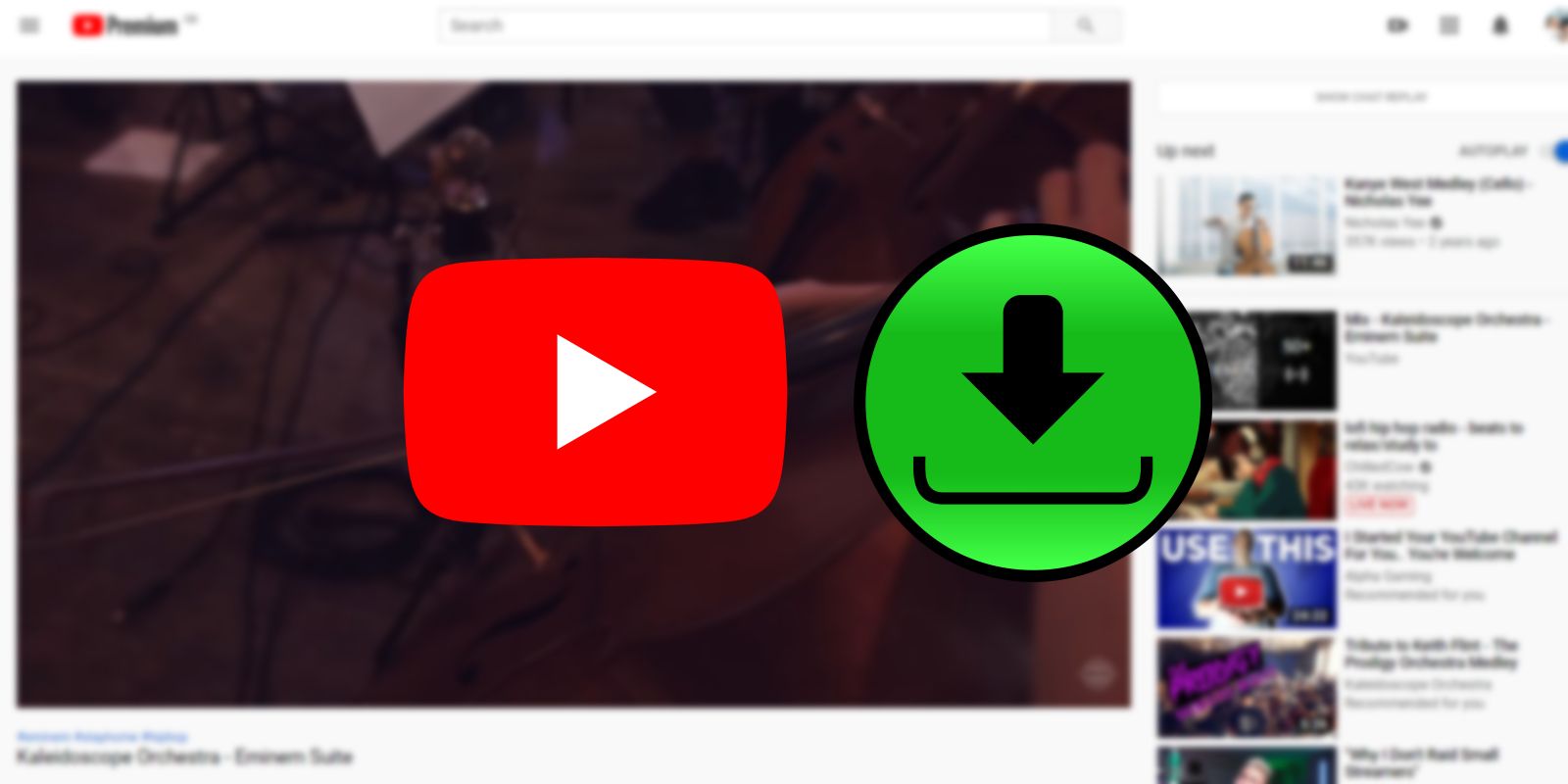
Best youtube to flac converter website Bluetooth#
In this case the higher the number of the version means its the newest Bluetooth chip that is in the device. Have to be extremely careful as a lot of times people tend to confuse the version with the class or with the firmware. An example fo this in headsets is the new Poly Focus 2 Office headset .Īfter explaining the 4 different classes now we will discuss and explain the version on Bluetooth.
Best youtube to flac converter website android#
Among the cellphones we can mention that any of the newest iPhones, Android smart phones, and smart devices as smart watches, smart clocks, or smart lightbulbs will have this class built in to them. For the same reason most of these devices will have fast charging and a prolonged lifetime than the previous generations. Thanks to this class now we can enjoy more USB adapters, access points and devices with further range and better battery life with an average of between 24 up to 36 hours with one single charge. Thanks to those numbers we can now have a range of up to 328 feet, depending on the device. The power consumption now its less than any of the previous classes, the max power outcome is of 100 nW, and the dBM is of 20 now. The most common example for this class is the fitness trackers as they keep record of the steps as pedometers and the pairing to a smart phone is easy and no need to keep repairing.Īnd now we get to the top of the chain, the class 1, this is the best connection and the best performance and range. Thanks t these advantages, the chip used for this class is now smaller and can be even located in mos of the wearable sensors available today. the range fot his class is of up to 100 feet, which is more than enough in a regular size room/office. Here is where everything becomes interesting, the class 1.5 is considered a better performance as the power outcome is increased to 10mW, with lower consumption and with the dBM of 10, making it a better range, better pairing and keeping paired all day long without compromise of loosing power. As today there are still some cell phones with this class built in, some of them would be the first generation iPhones, Android and Blackberry devices.

The most common example for one of this devices is an older USB Bluetooth Transmitter. Sound quality is improved but not optimal, as the pairing is stronger but still from time to time you have to repair the devices. In this case the the power consumption is considered moderated, with a power outcome of 2.5mW, and a dBM of 4, ths allows the device to have a range of up to 30 feet. The next step is the Class 2, which can be find on mobile devices such as cell phones, Bluetooth adapters, or smart card readers. The most common example for one of this devices is a Bluetooth adapter with a 3.5mm jack, used to stream your cell phone to a deck in your car. Most of the times you get about barely 6 feet of range as its the most basic set up, with a high power consumption, only 1 mW of power outcome, and with a dBM (deci-bells milliwatts) of zero, which translate in poor range, and not keeping paired, this range was one of the barely first ones and today you can still find it in some headsets, however the connectivity and sound quality would not be the best ones.


The lower the class means that the less range and higher power consumption. This definition comes from the range and consumption of power of the same device, and its break in in 4 classes, class 1, class 1.5, class 2 and class 3. Now days now we can find Bluetooth connectivity in virtually any devices that we use in a common day, even in cars! For the same reason there can be a lot of confusion between the definition of Class and the definition of Version, we have to be clear here in order to avoid the confusion of both terms. Today we will discuss and tell the difference in the Bluetooth headsets and dongles that had been out for a while and address the pros and cons about this.īluetooth as we are all aware was initiated in 1989 and the main purpose was to have a short range wireless technology that allows you to exchange data between fixed and mobile devices.


 0 kommentar(er)
0 kommentar(er)
